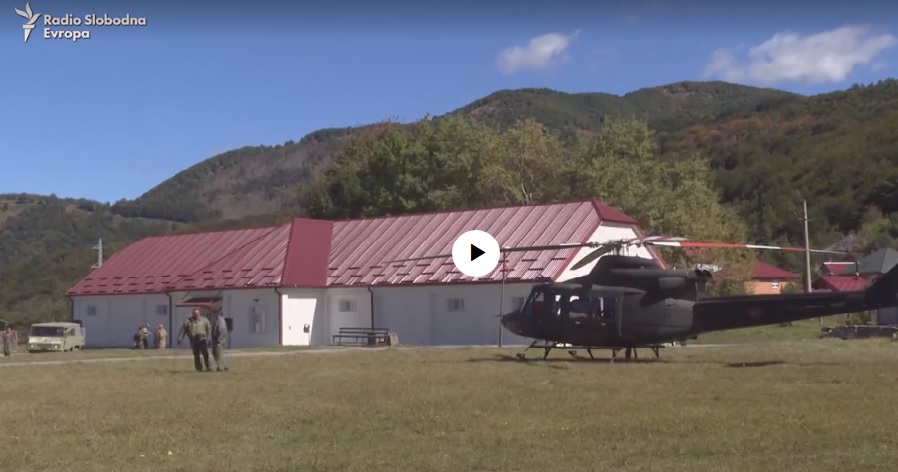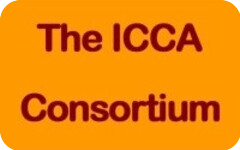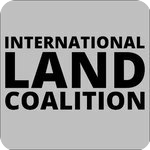Local peolpe Vs. military polygon
.
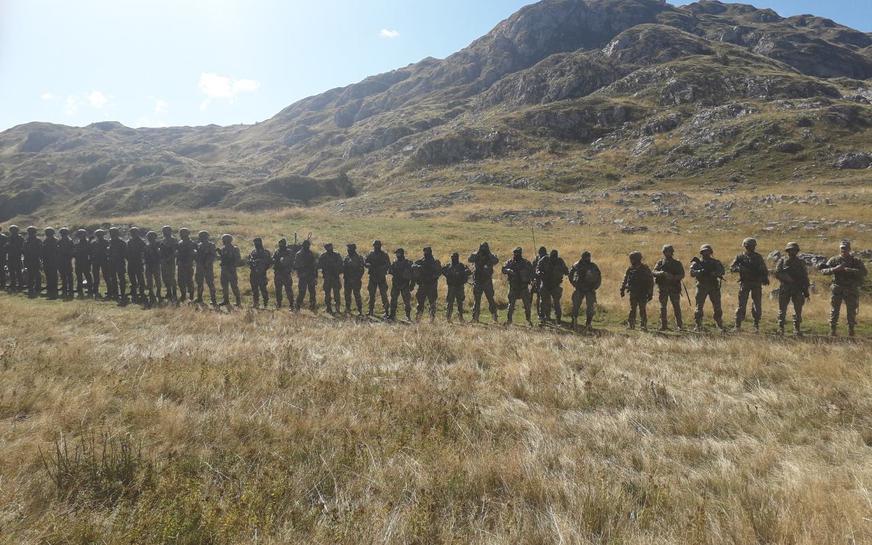
In September 2019, midway through the process that was on track to declare Sinjajevina a protected area as a Regional Natural Park, the Montenegrin Government cut it down, inaugurated an artillery polygon and began military training and weapons testing with NATO allied forces from the USA, Italy, Austria and Slovenia, in the heart of these pastures and within the UNESCO Biosphere Reserve. This began while people and their animals were still in the area, and was undertaken without any publicly available environmental impact assessment, or publicly available health evaluation. At the same time there was no publicly available economic impact study, or any consistent negotiation with the affected pastoral communities.
In fact, the Ministry of Agriculture and Rural Development of Montenegro has repeatedly opposed the installation of the military base as well as the Ministry of Tourism and Sustainable Development, and 5 out of the 7 municipalities involved. Concretely, the 2 municipalities having accepted the militarization plan were governed by members of the national ruling party. At the same time, one of the municipalities that does not agree, Savnik, has even stated that they have not even been consulted; not to say the pastoralists of all these municipalities that are the most directly affected ones.
Conflict chronology
The conflict started back in December 2010, after the EU confirms Montenegro as a candidate country for membership and increased the following years after some NATO's unfruitful tries of implementing a permanent military polygon in Sinjajevina, menacing all the environmental and cultural richness of this Montenegrin rich area. The conflict continues to this day. More details of its story and evolution here.
Serious consequences
The construction and use of an artillery site directly affects more than 250 families belonging to eight different Montenegrin tribes (Bjelo Pavlici, Stitaricani, Kolasinci, Moracani, Uskoci, Drobnjaci and Saranci) including their 12,000 rearing animals such as sheep, cows, goats, and horses. At a bigger scale, more than 22,000 people living in Sinjajevina’s lower lands see a menace to their sustainable livelihoods.
And this situation concerns not only local people’s traditional rights to nature from a legal point of view. From a scientific point of view, the pastoral ecosystem itself and the ecosystem services it provides depend on the safe presence and activity of the pastoral communities that are being seriously threatened by the establishment of this military polygon.
Military use could contaminate the water humans and animals drink. The epicenter of the military polygon is near Savina Vode, the most important lake and source of water in these karstic highlands where water is the main limiting factor for human life and livestock. Moreover, the impact of water contamination could reach far beyond the inhabited mountain artillery polygon area through underground water flows. It could impact, for example, the villages around Lipovo, just downhill from Savina Voda, with their renowned water-bottling factory. For decades, these mineral springs have been known for clean and pure mineral water. Any degradation in the cleanliness of the water would destroy its reputation for promoting health, and would have a negative impact on the local economy.
The same would be true for the local consumption and market for medicinal herbs, meat, and dairy products, as the demand for these products would be expected to fall— in fact, a slight downward trend seems already to have begun. Whereas Sinjajevina produces some of the most valuable cheeses and milk products in the country, such as traditional skorup which sell for 25€ per kilo. This is a true fortune in a country where the mean salary is less than 300€ per month.
Fear among locals rightly extends to the physical danger of being struck by military artillery (in the moment of action or by way of undetonated explosives left behind), a fear that will undoubtedly deliver another blow to the currently flourishing and growing eco-tourism in the area on which, especially the new generations, start to increasingly depend on.
In the face of these facts, local communities and activists all around Montenegro and in other European countries have begun to join the effort to protect Sinjajevina and plan actions to denounce the situation.
"There can be no development for indigenous peoples without their free, prior and informed consent and without them being involved in every step. These fundamental principles are enshrined in the UN Declaration on the Rights of Indigenous Peoples."
UN Secretary-General Ban Ki-moon
What local people say
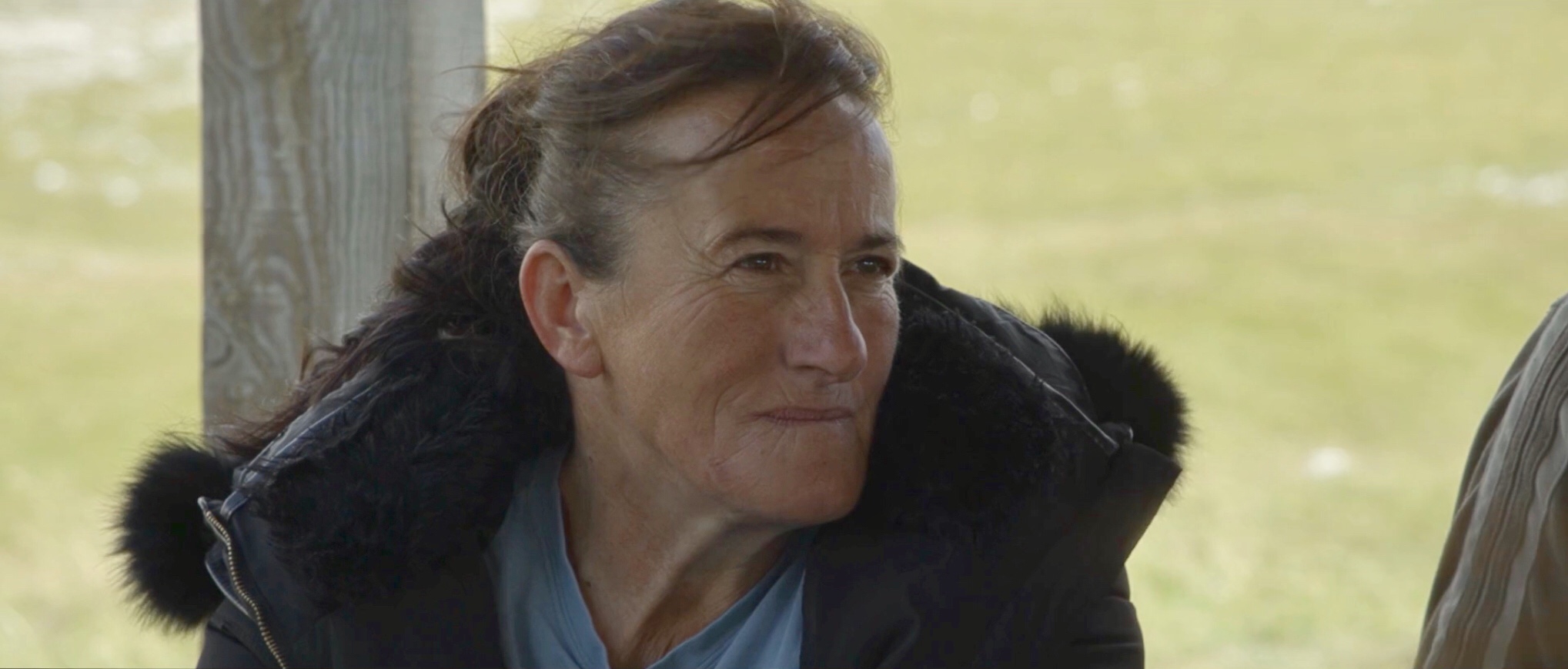
"Sinjajevina is more than our home, is our way of live for centuries and generations, we just can't live without it".
― Gara. 59 Y.O.

"No one informed us properly of the military project. No one seems to care about destroying our mountains and lives"
― Zoran, shepherd. 61 Y.O.
An impact beyond borders
Dialogue among the Montenegrin Government, local communities, activists, politicians and scientists, based on empirical and informed knowledge, is critical to solve the present crisis. In fact, Sinjajevina is one among many social and environmental justice conflicts ongoing in Montenegro, as there is widespread evidence that the Montenegrin State acts in a way particularly disrespectful of the environment and the right of its people to a healthy natural world.
If a military polygon continues and expands its activities, and if local communities are obliged to abandon their traditional way of life, it will constitute a direct threat to over 250 pastoralist families (more than 1.500 people), as well as the more than 22,000 people living around the area. The local people could face health issues, significant economic impacts and serious physical threats. Equally severe could be the disappearance of a socio-ecosystem co-built by the interactions of nature and culture through millennia. This veritable World Heritage could be lost forever. The disappearance of Sinjajevina’s pastoralist culture would create an immediate threat to some of the most outstanding alpine pastoral landscapes in Europe, as well as one of the continent’s increasingly rare traditional pastoralist living systems, visited by thousands of people from all around the world..
Informed consent of local communities is not only specified in the UN Informed consent of local communities is not only specified in the UN Declaration on the Rights of Indigenous Peoples but also in the ILO Convention 169 that the Montenegrin state seems to be clearly violating.
Files section
- Article has no files.


